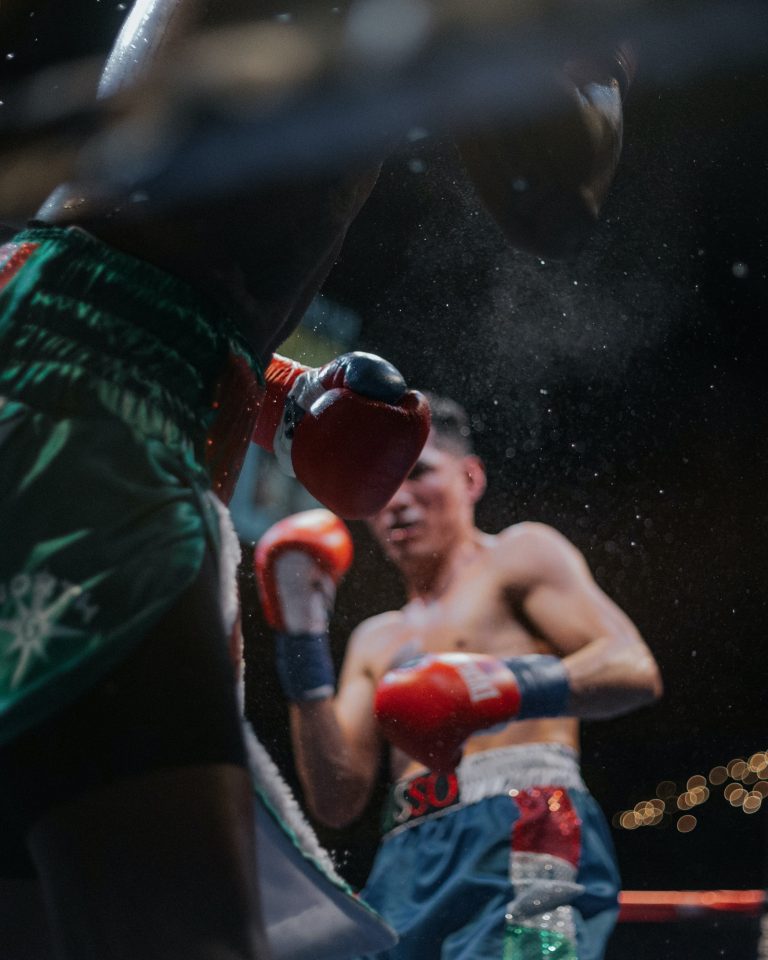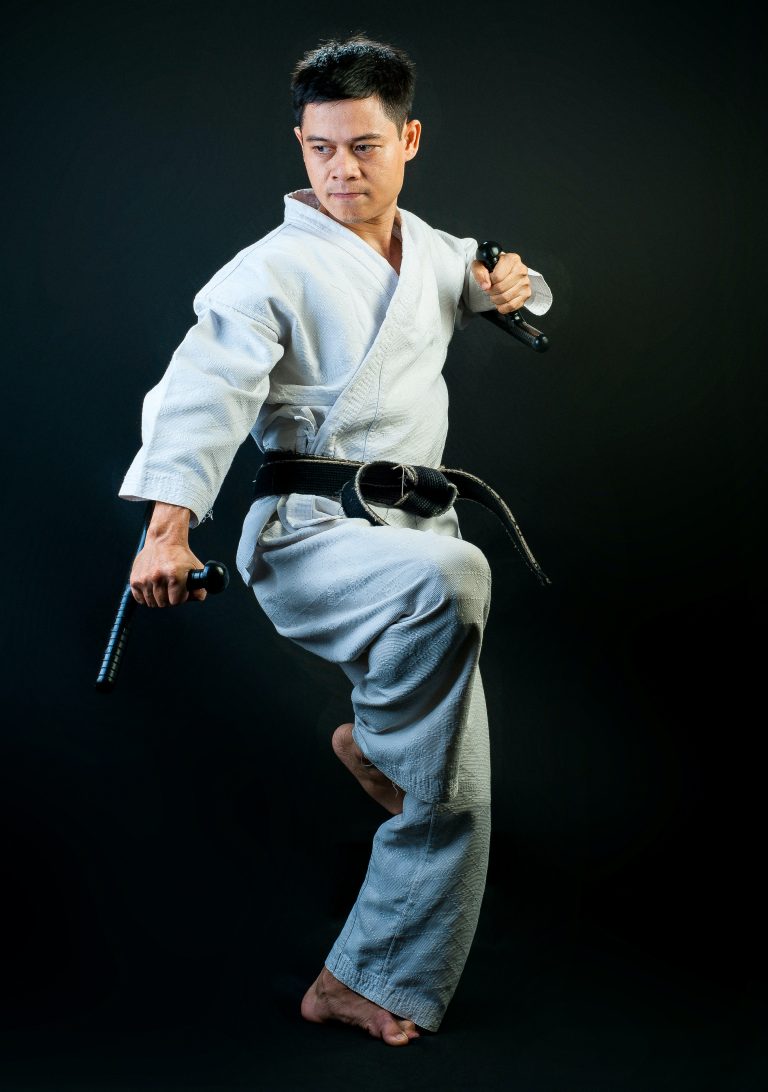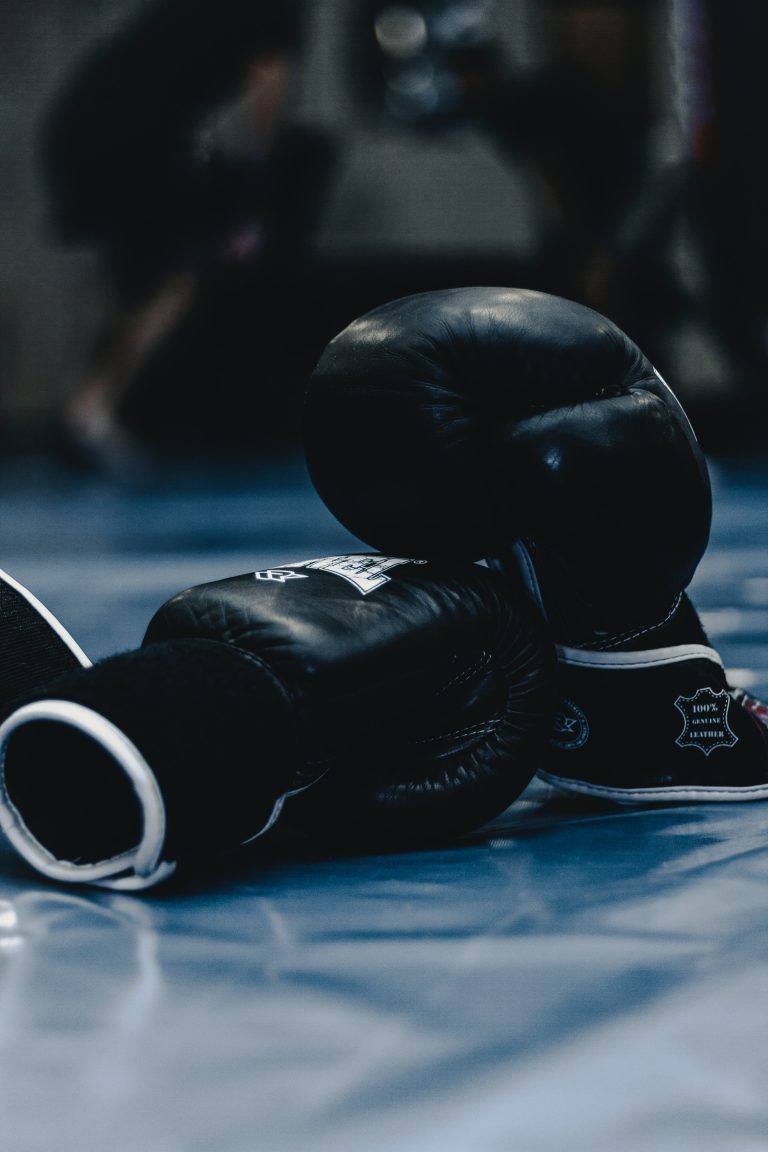What Karate Belt is After White?
Karate is a famous martial art that involves various techniques and discipline. It is a traditional form of art that is practiced all around the world. Karate is not only a method of self-defense, but it also has numerous physical and mental benefits.
Karate is divided into various ranks, and one of the essential components is the belt system that distinguishes the level of expertise of practitioners. The belt color is an identification of the level of mastery of the art. The belt system starts with white, and each rank signifies progress in learning and skill development. White is the first and the most fundamental rank in the karate belt system.
You might be wondering, what karate belt is after white? Well, the next rank in the karate belt system after white is the yellow belt.
Yellow Belt in Karate
The yellow belt is the second rank in the karate belt system. It is earned by demonstrating the skills learned in white belt and showing improved techniques, strength, and control. The yellow belt implies a closer step to becoming a great karateka.
One of the most significant aspects of a yellow belt is the development of focus and discipline. A yellow belt understands the fundamental principles of karate and implements it in their practice. They work to improve breathing techniques, balance, and coordination.
To earn the yellow belt, one needs to exhibit proficiency in katas, basics, and sparring techniques. Examinations for the yellow belt consist of the basic techniques, blocks, kicks, and punches.
How to Earn a Yellow Belt in Karate?
Earning a yellow belt in karate requires a lot of hard work and dedication. It is an achievement that signifies the student’s progress and development. Here are some requirements to earn a yellow belt in karate:
1) Train Regularly
Karate is not something that can be mastered overnight. It takes a lot of practice and training. To earn a yellow belt, students need to train regularly and consistently. They should prioritize training and aim to achieve their goals.
2) Learn Proper Techniques
To earn a yellow belt, students must focus on learning proper techniques. They should understand the basics and use them effectively. Additionally, students should focus on improving their stances, kicks, and punches to get better results.
3) Attend Belt Assessments
Belt assessments are the most crucial part of karate training. Students must attend the belt assessment to show their skills and progress to their instructor. They must show their proficiency in basics, katas, and sparring techniques.
4) Improve Mental Strength
Karate is not just about the physical aspects, but it also relies on mental strength. To earn a yellow belt, students must develop discipline and focus. They should be able to control their body and mind, which will translate into better physical performance.
Introduction:
Karate is a popular martial art that originated in Okinawa, Japan, and has since spread around the world. It is practiced by people of all ages and is known for its disciplined training routines and grading systems. The belt system is an essential part of karate and represents a student’s progress in the art. The white belt is usually the first belt earned by beginners, but what karate belt is after white? In this blog post, we will answer some of the most frequent asked questions about the karate belt system and its progression.
What karate belt is after white?
The karate belt system follows a specific order, and after a white belt, the next color is usually a yellow belt. A yellow belt represents the first step in a student’s journey towards mastering the art of karate. After the yellow belt, the progression continues with orange, green, blue, purple, brown, and finally, black.
How long does it take to earn a yellow belt?
The time it takes to earn a yellow belt can vary depending on a student’s dedication, practice, and the karate school’s requirements. Some schools have set timelines for grading, but others may evaluate students on an individual basis. Typically, it takes about 2-3 months of regular training to earn a yellow belt.
What do yellow belts represent in karate?
Yellow belts represent the first step in a student’s path towards mastery of the art of karate. It is a significant progression from the white belt, and as a result, yellow belts are expected to have a basic understanding of the karate principles and techniques taught in the beginner’s level. Students who have earned their yellow belts have also exhibited a willingness to learn and an eagerness to continue their training.
What are the requirements for earning a yellow belt?
The requirements for earning a yellow belt in karate can vary depending on the school and the instructor. Generally, students are expected to demonstrate basic techniques such as punches, blocks, and kicks, as well as basic katas and combinations. They should also have a basic understanding of stances and footwork. Aside from the physical requirements, students are also evaluated on their attitude, discipline, and progress.
What should I expect during a yellow belt grading exam?
Like any other grading exam in karate, a yellow belt grading exam can be nerve-wracking. It is essential to remember that grading exams are an opportunity to showcase your skills and progress in the art. During a yellow belt grading exam, you can expect to be evaluated on your basic techniques, katas, and combinations. You may also be asked to demonstrate your knowledge of stances and footwork. Remember to stay focused, stay calm, and do your best.
What Karate Belt is After White: A Step-by-Step Guide
Karate is not just a physical activity but also a discipline that is deeply rooted in respect, commitment, and growth. One way to show your progress in karate is through earning different colored belts. Many beginners start with a white belt, but what comes after that? In this guide, we will walk you through the steps of earning your next karate belt after white.
Step 1: Find a Karate Dojo
The first and most important step to earn your next karate belt is to find a trusted karate school or dojo. A good place to start is to research schools online or ask for referrals from friends or family members. You can also visit schools and observe classes to get a feel for the instructors, the curriculum, and the environment.
Step 2: Train and Practice Consistently
Once you have found a suitable dojo, your focus should be on consistent training and practice. Karate is not simply about learning techniques but mastering them with precision and focus. Your instructors will guide you through each step, but it is up to you to put in the time and effort to excel.
Step 3: Pass Your Grading Exam
To advance to the next belt, you will need to pass a grading exam. Exams typically consist of a combination of written tests and practical demonstrations of techniques. Your instructors will outline the expectations and requirements for your next exam, including the specific techniques you will be tested on.
Step 4: Demonstrate Proficiency in Techniques
In order to pass your grading exam, you must demonstrate proficiency in various techniques that are specific to your level. These techniques will become more complex as you move up the belt system. Here are some examples of techniques that may be required for the next belt after white:
- Basic stances, kicks, and punches
- Blocks and counters
- Kata or prearranged movements
- Sparring techniques and self-defense
- Breaking techniques
Step 5: Live by the Principles of Karate
Earning a karate belt is not just about mastering physical techniques, but also about embodying the principles of karate. These principles include:
- Respect for others
- Humility and self-discipline
- Commitment to continual growth and development
- Persistence in the face of obstacles
- Reverence for tradition and history
Step 6: Repeat the Process
Once you have earned your next belt, you will repeat this process to progress through the remaining belts. Each belt comes with its own set of unique requirements and challenges, but with dedication and focus, you will continue to advance and grow as a karate practitioner.
Conclusion
Earning your karate belt after white takes hard work, dedication, and focus. By following these steps, you can progress through the belt system with confidence, knowing that you have put in the time and effort to master the techniques and principles of karate. Remember that the journey is just as important as the destination, and enjoy the process of continual growth and development.
Inhaltsverzeichnis






